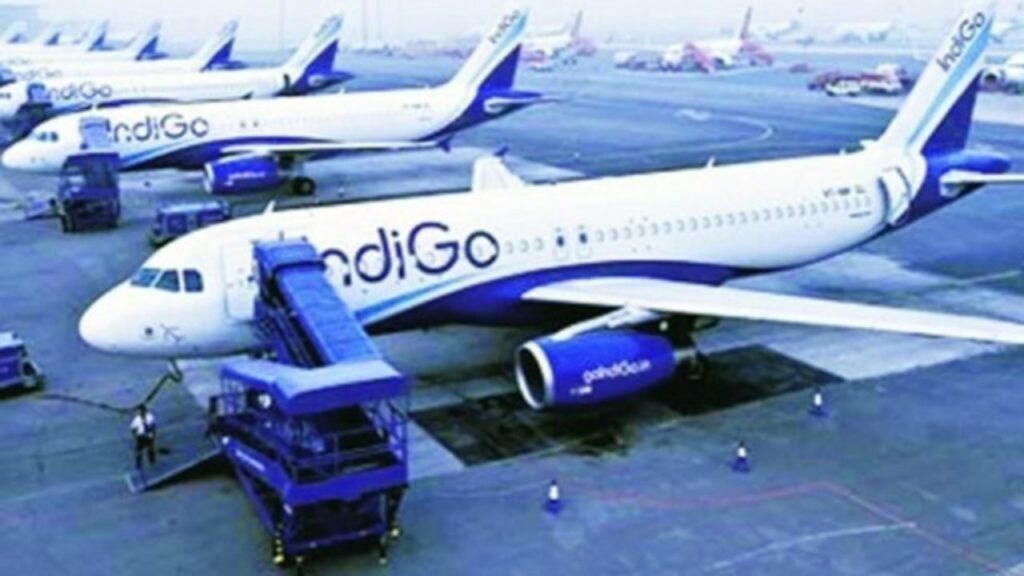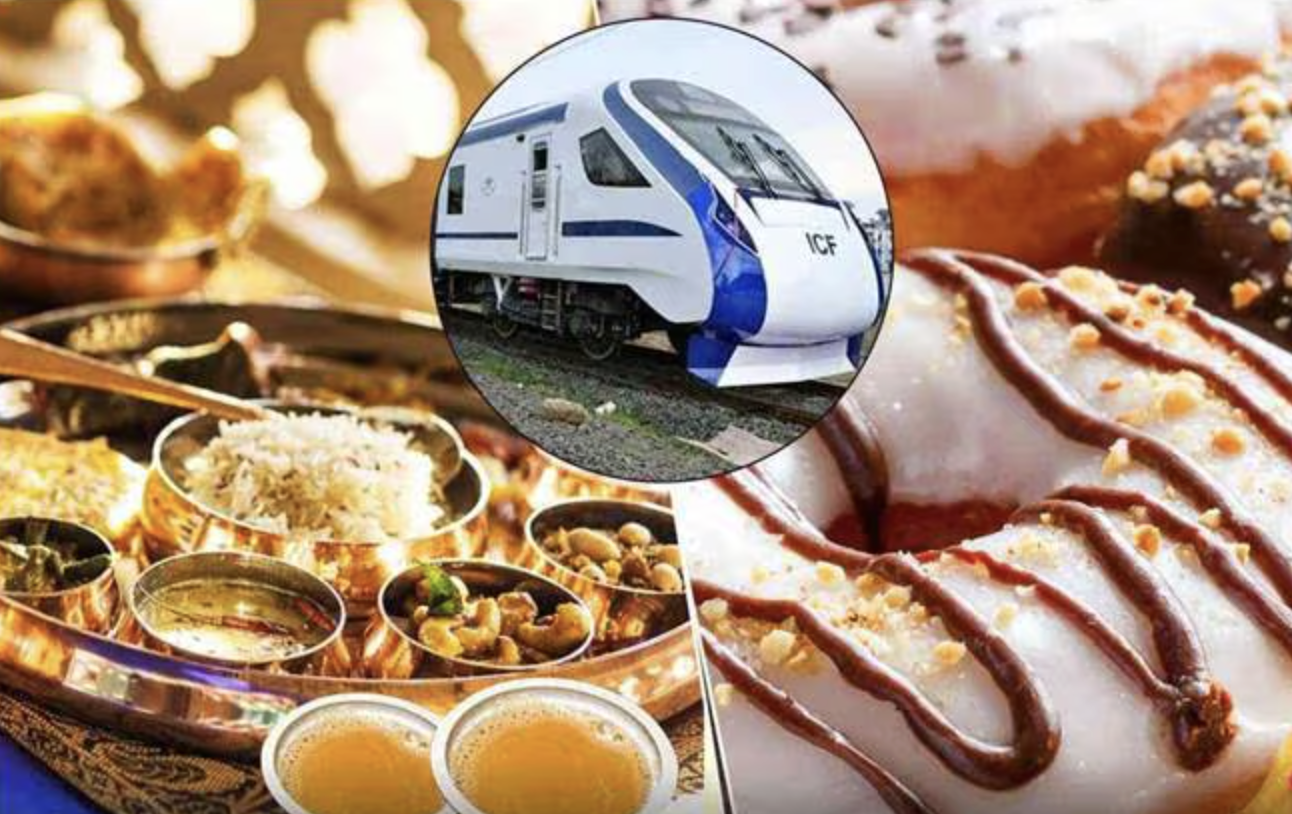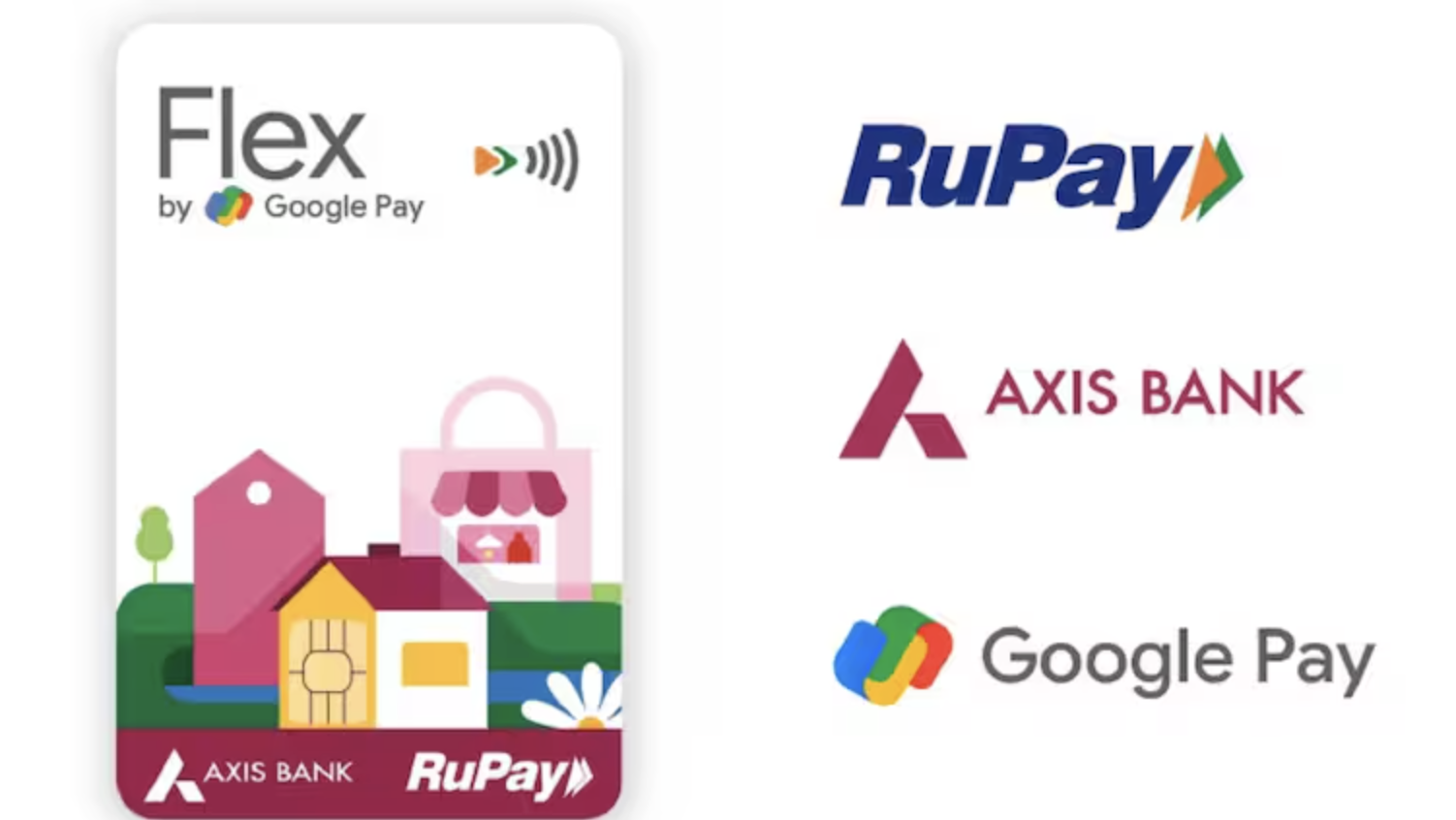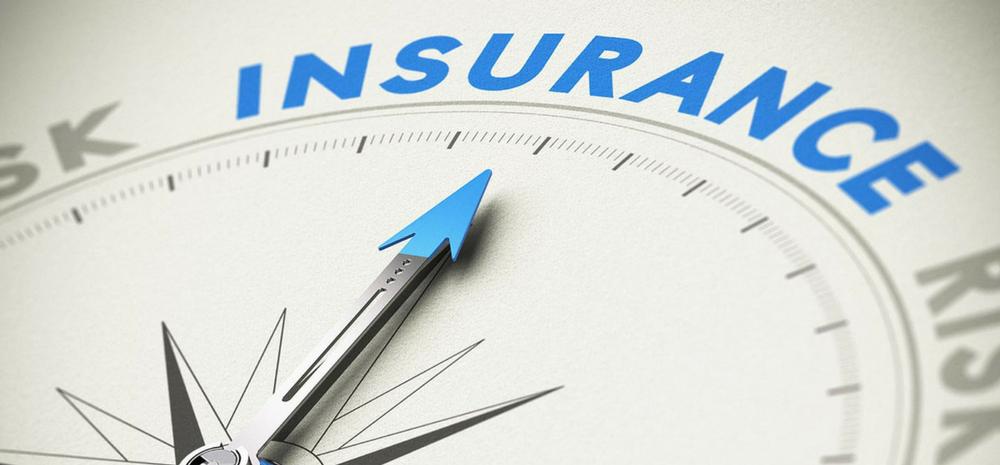IndiGo, the largest domestic carrier in India, announced on October 5 its decision to introduce a fuel surcharge for both domestic and international flights, effective from October 6.

Why is IndiGo introducing a fuel surcharge? Read on to find out all the details!
IndiGo To Introduce Fuel Surcharge For Domestic and International Flights
This move is a response to the rising prices of Aviation Turbine Fuel (ATF).
The decision is a result of a significant and consistent increase in ATF prices over the last three months, with monthly price hikes. In a statement, the carrier acknowledged that ATF constitutes a considerable portion of an airline’s operational expenses, necessitating fare adjustments to mitigate the impact of such cost surges.
According to the new pricing structure, passengers booking flights with IndiGo will now bear a fuel surcharge based on the sector distance.
Indian Government Raised Prices of Jet Fuel By 5%
On October 1, the Indian government raised the price of jet fuel (ATF) by 5%, marking the fourth consecutive monthly increase since July. In the national capital, the ATF price surged by 5.1%, reaching Rs 118,199.17 per kilolitre from its previous price of Rs 112,419.33, as per a price notification from state-owned fuel retailers.
This latest price surge follows the steepest-ever increase of 14.1% (equivalent to Rs 13,911.07 per kilolitre) on September 1, and a prior 8.5% rise, equivalent to Rs 7,728.38 per kilolitre, on August 1. Given that jet fuel constitutes a substantial 40% of an airline’s operating costs, these consecutive fuel price hikes will further burden airlines that are already facing financial challenges.
Previously, on July 1, the ATF price had increased by 1.65% (or Rs 1,476.79 per kilolitre). Over these four increments, the ATF prices have surged to a record high, escalating by Rs 29,391.08 per kilolitre.
IndiGo operates a significant 830 out of the 1,048 operational routes in India. Of the 1,048 routes, 769 are monopolies where only one airline operates. IndiGo operates a staggering 552 (72%) of these monopoly routes and 66% of its total routes.












